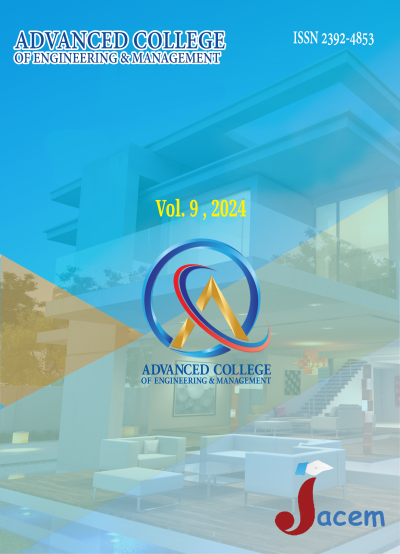Energy Saving and Environmental Implication of Net Zero Target in Land Transport of Bagmati Province
DOI:
https://doi.org/10.3126/jacem.v9i1.71453Keywords:
NetZero targets, Fuel-mix, LEAP, Emission reduction, Fuel savingAbstract
Global warming is seen to be raising concern on the global level so the Paris Agreement has been made by most of the nations setting the target of gaining net zero to reduce the global temperature rise and all nations have been developing their policies to achieve the common goal. The GON has also set different NetZero targets, which can impact the national energy demand. In the case of Nepal being a developing country, the transportation sector is seen to be mainly based on petroleum products. So, the impact of the target on the fuel mix of the Nation needs to be studied. Taking Bagmati province as the study area, the passenger and freight transport demand of Nepal is calculated from the years 2022-2050. Using the Leap model, the different scenarios including GON targets are developed and the fuel mix and emission comparison is performed in this study. On the Long-term analysis of the year 2050, it is observed that the WAM scenario has a Fuel saving of 26% and an emission reduction of 44.7%. The study shows that emissions can be reduced by the targets but cannot fully remain NetZero in the case of the transportation sector. The fuel switching to cleaner electric vehicles shows the trade-off that the nation has to increase its Power plant capacity to fulfill the demand in order to reduce emissions. This helps reduce the fuel import ratio and improve the energy security of a nation like Nepal with surplus energy.
Downloads
Downloads
Published
How to Cite
Issue
Section
License
JACEM reserves the copyright for the published papers. Author will have right to use content of the published paper in part or in full for their own work.




